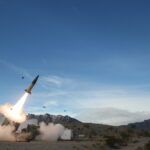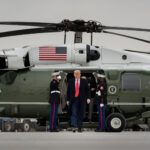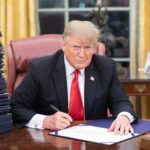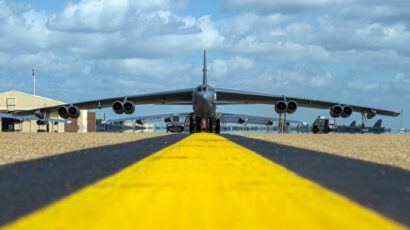The future of the Iran nuclear deal
By Bill Foster | November 2, 2017
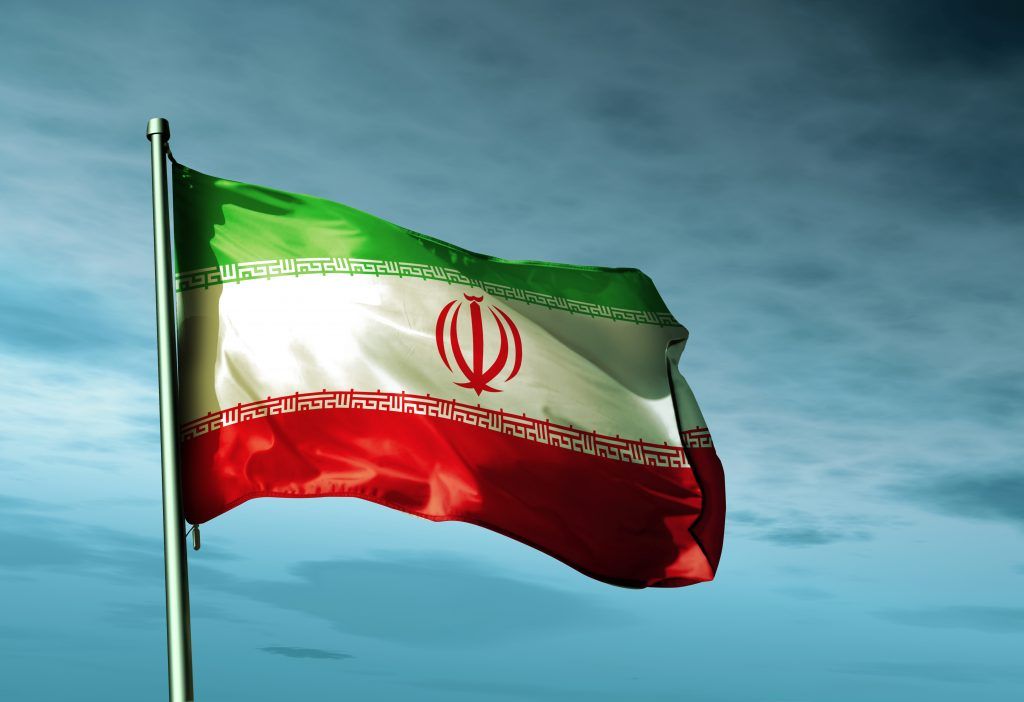
Three weeks ago, President Trump announced his refusal to certify to Congress Iran’s compliance with the nuclear deal formally known as the Joint Comprehensive Plan of Action (JCPOA) on the grounds that he does not believe that it is in our national interest—despite his acknowledgement that Iran is in full compliance with the terms of the agreement. The facts, however, show that the deal is working. Iran has disconnected, removed, and placed in International Atomic Energy Agency (IAEA)-monitored storage two-thirds of its installed centrifuges, reduced its stockpile of low-enriched uranium by 98 percent, and removed all fissile material, centrifuges, and enrichment infrastructure from the underground facility at Fordow. The calandria—the core—of Iran’s heavy water nuclear reactor has been removed and filled with concrete so it is now permanently inoperable and can no longer produce plutonium. Less than a year before we implemented the terms of the agreement, Iran’s breakout time to gain enough fissile material to build a nuclear weapon was estimated to be only two to three months. Today, that breakout time has increased by a factor of five.
As the only PhD physicist in Congress, I felt a special responsibility to perform due diligence on technical representations that ensured the deal would work. I received more than a dozen briefings by the technical experts who supported the negotiating team, including experts at US national laboratories. In addition to exhaustively reviewing technical aspects of the agreement, I also solicited opinions from across the spectrum on the issues of security and defense of the United States and its allies. As a scientist, I also spent a lot of time explaining the technical details of the agreement to my colleagues on both sides of the aisle. Ultimately, I publicly supported and voted for the Iran Deal. A group of 90 nuclear experts just recently also voiced support for the deal, adding to the growing number of voices in the scientific community who agree that the implementation of the JCPOA has been a success.
The monitoring required by the Iran deal has offered an unprecedented opportunity for international inspectors to access Iranian nuclear sites. As a result of the agreement, we have the diplomatic and scientific framework to monitor any action the Iranians may take to build a nuclear weapon, a framework we would not have without the deal. The investigations are carried out by a team of inspectors from the IAEA, using equipment and sampling kits prepared by the agency. Samples are sent to the international Network of Analytical Laboratories, of which a number of US laboratories are members. This deal gives us the ability to monitor Iran’s nuclear capability, so Iran no longer has the capability to produce a nuclear weapon without our knowledge.
There are three aspects of the Iran Nuclear Deal: technical adequacy, enforceability, and the path forward after the expiration of some of its provisions. As long as the JCPOA remains in place, for the duration of the agreement we are guaranteed a minimum one-year delay between our detection of their violation and the time Iran has the fissile material for its first nuclear bomb. This one-year breakout time was chosen to give the world adequate time for a diplomatic, economic, and, if necessary, military response.
What will happen next? Ideally, Congress will do nothing in response to President Trump’s announcement. Per the Iran Nuclear Agreement Review Act of 2015, President Trump’s decertification of the agreement gives lawmakers 60 days to decide whether to take a tougher approach to Iran. Congress could either unilaterally reimpose sanctions, attempt to force a renegotiation of the agreement, or simply do nothing. If Congress passes laws that reimpose sanctions at a time when Iran remains in compliance, the United States would unilaterally abrogate the deal. This move would accomplish little, since Iran would almost certainly cease compliance with their obligations while retaining most commercial benefits of the agreement.
Alternatively, lawmakers could also insist that the P5+1 countries (the United States, Russia, China, France, the United Kingdom, and Germany) and Iran return to the negotiating table in the future to strengthen the deal. The problem here is that our international partners in the P5+1 have clearly stated that there is little appetite for renegotiation. A return to the bargaining table is particularly unrealistic if Congress attempts to attach conditions to Iran’s misbehaviors in the non-nuclear arena, because some members of the international coalition—mainly Russia—are not uniformly opposed to Iran’s problematic behaviors in non-nuclear areas such as Syria and Iraq. Regardless, the agreement would remain in place if Congress does nothing in the next 60 days, and Iran’s nuclear activities would continue to be contained.
Future diplomatic efforts may strengthen the Iran Nuclear Deal and extend it in duration. These efforts could build upon the success of the deal and target several areas: an improved and more prompt inspection regime, stockpile limits on enriched uranium, enrichment limits below the 20 percent threshold needed for nuclear weapons, adoption of regional enrichment and reprocessing programs, and a permanent ban on plutonium and uranium metallurgy, even for conventional purposes. Future efforts could also focus on a prohibition on other activities only relevant to nuclear weapons. It is likely that these strengthened terms would have to be negotiated in the context of regional understandings that would also constrain Iran’s neighbors from becoming nuclear-threshold states.
None of these potential areas for future improvement weaken the argument to maintain the deal intact as the United States and its international partners negotiated it. Retaining the JCPOA intact gives the United States and the international community the best chance of negotiating permanent regional understandings to avoid the existential threat of an uncontrolled nuclear arms race in the Middle East. If we succeed at that, history will judge what we already know—the Iran Nuclear Deal fulfilled its mission successfully.
Together, we make the world safer.
The Bulletin elevates expert voices above the noise. But as an independent nonprofit organization, our operations depend on the support of readers like you. Help us continue to deliver quality journalism that holds leaders accountable. Your support of our work at any level is important. In return, we promise our coverage will be understandable, influential, vigilant, solution-oriented, and fair-minded. Together we can make a difference.
Topics: Nuclear Energy, Nuclear Weapons, Opinion



